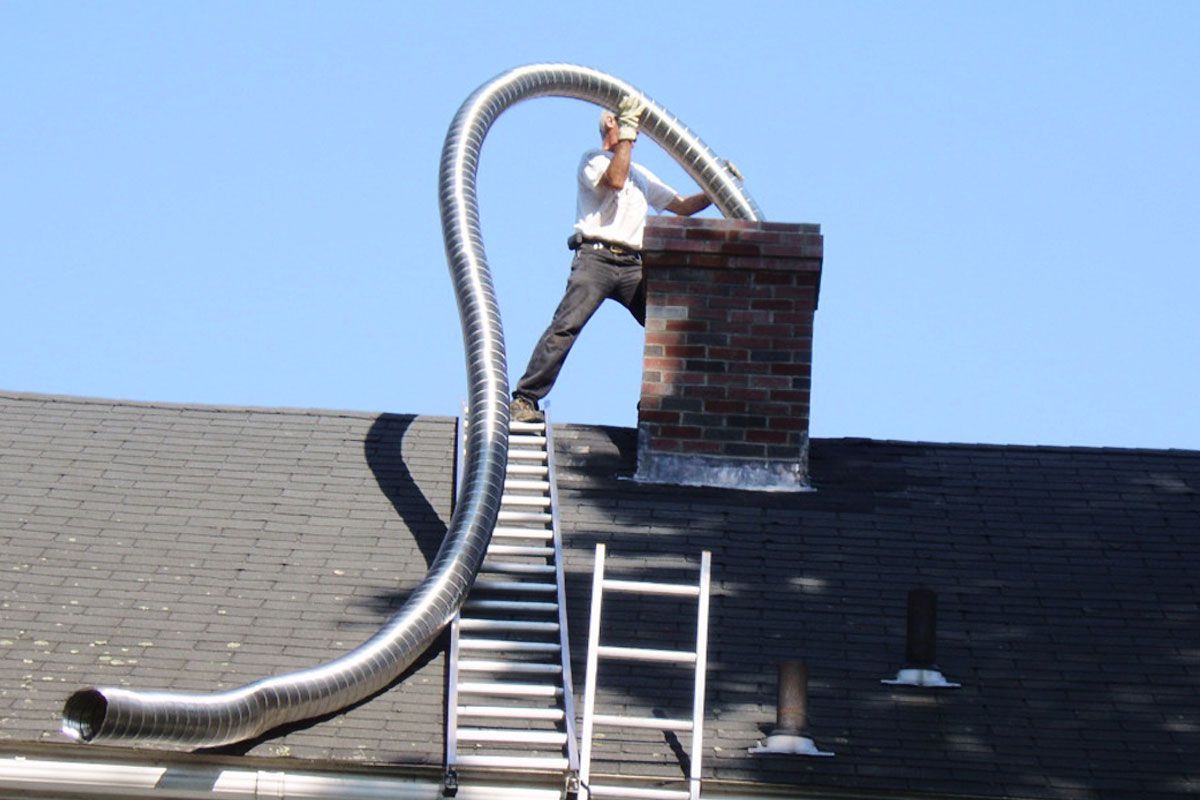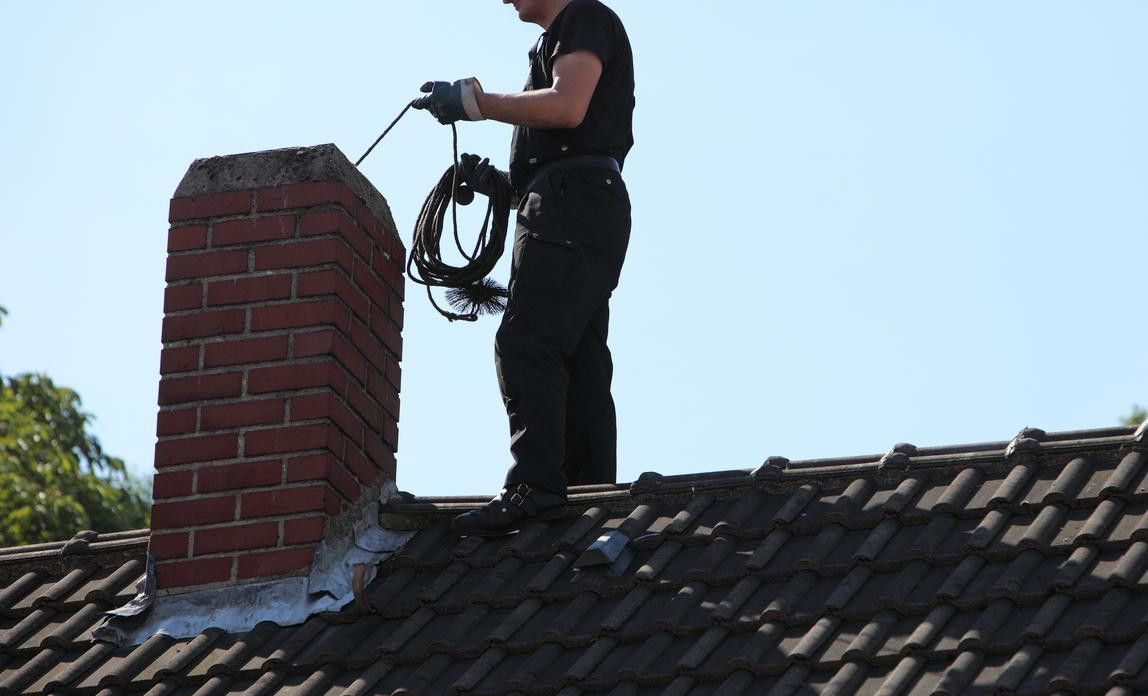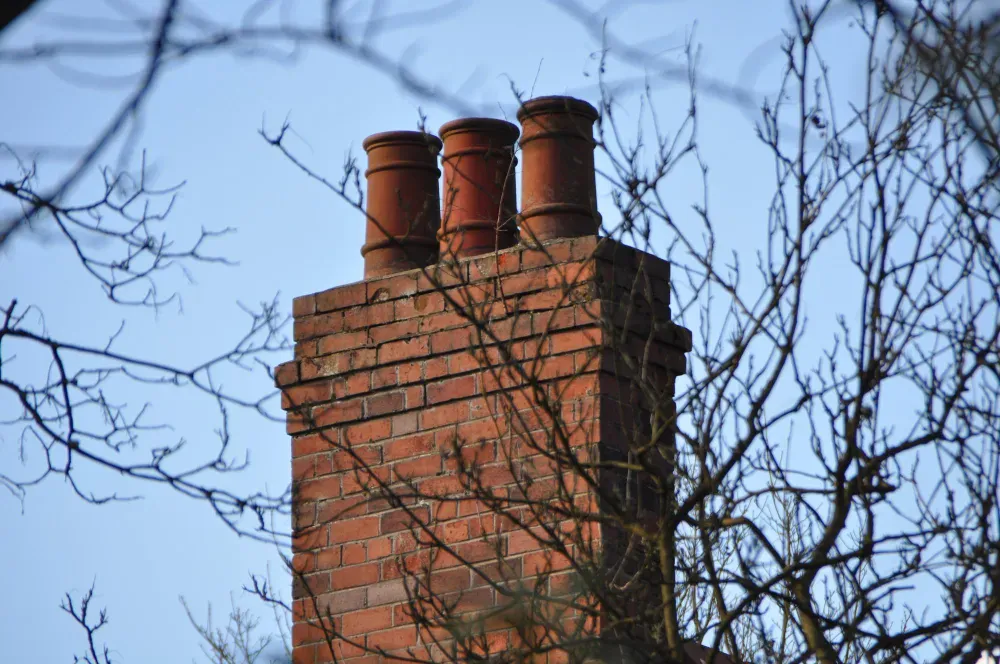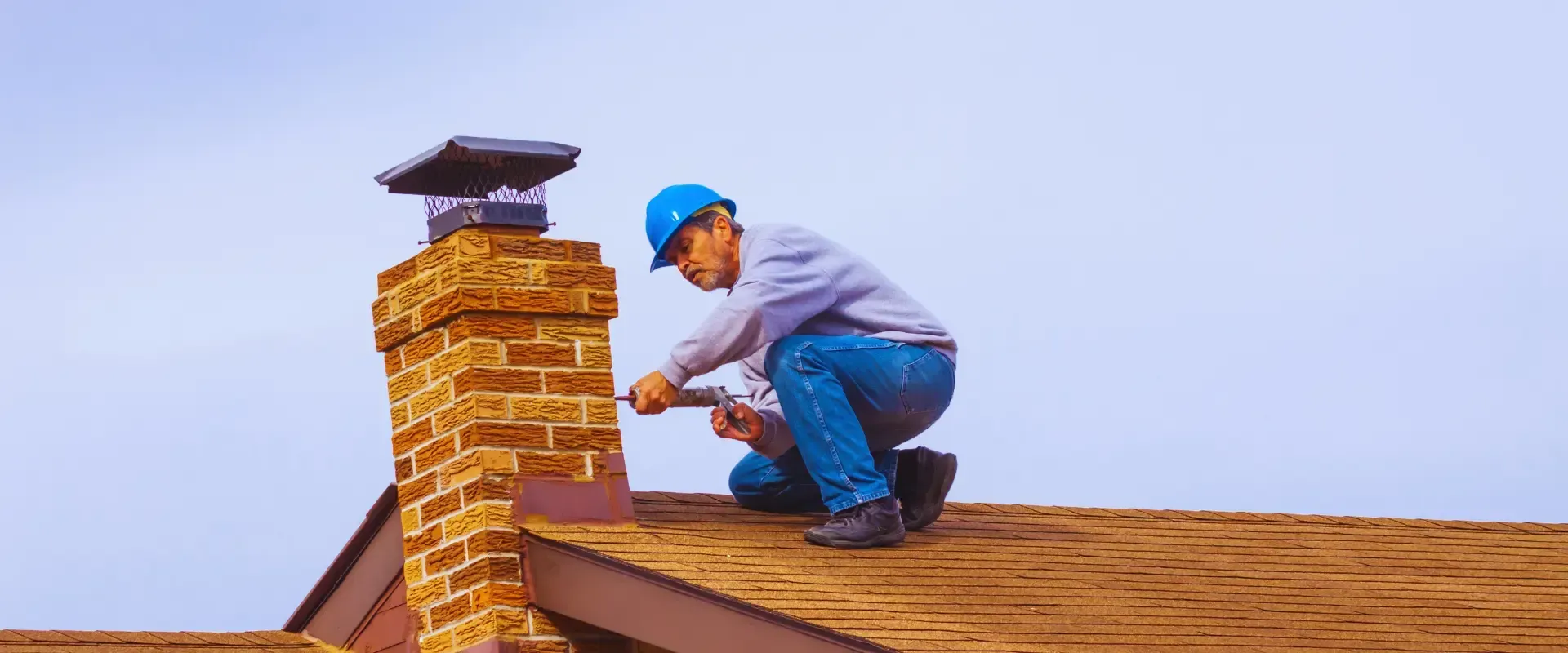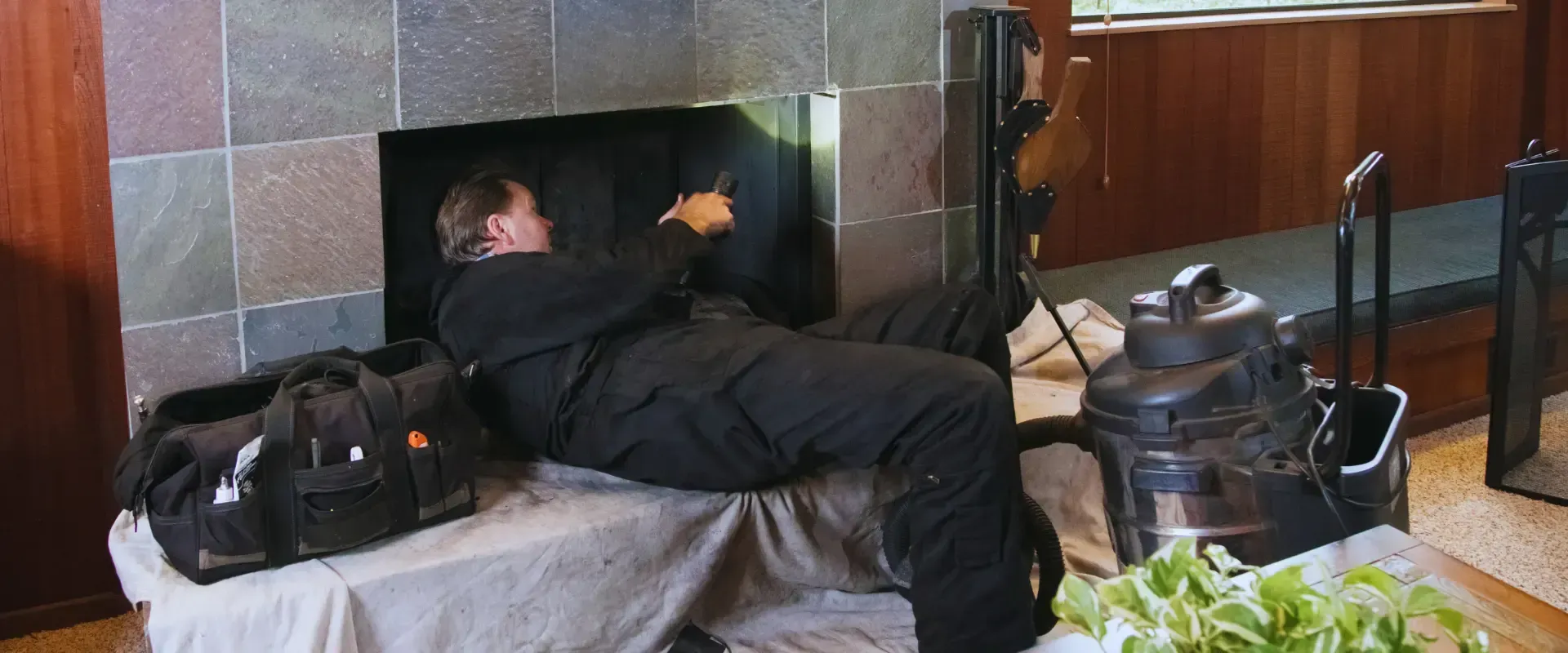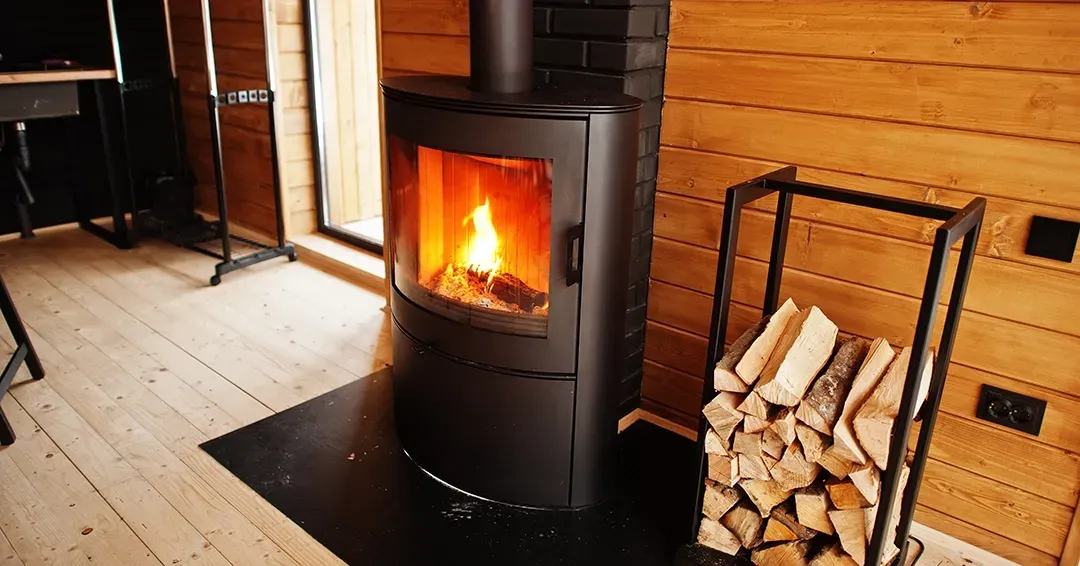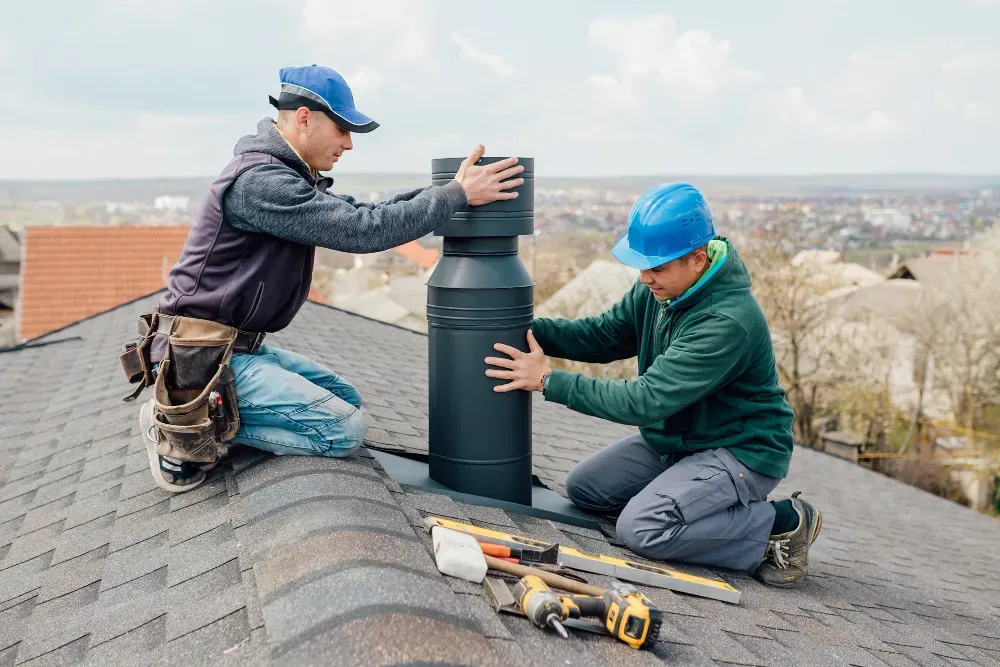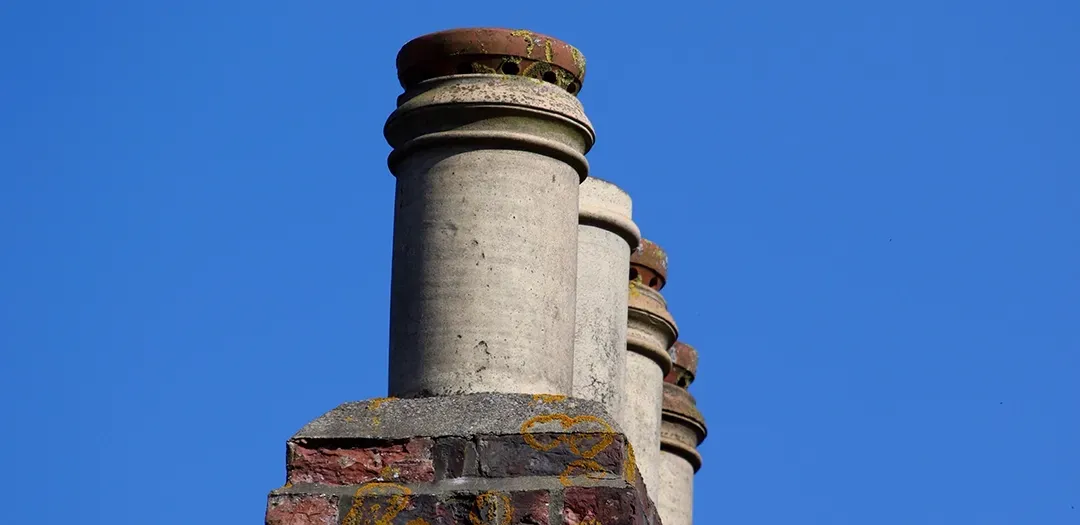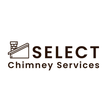Safeguard Your Maine Home: Expert Tips for Year-Round Chimney Waterproofing
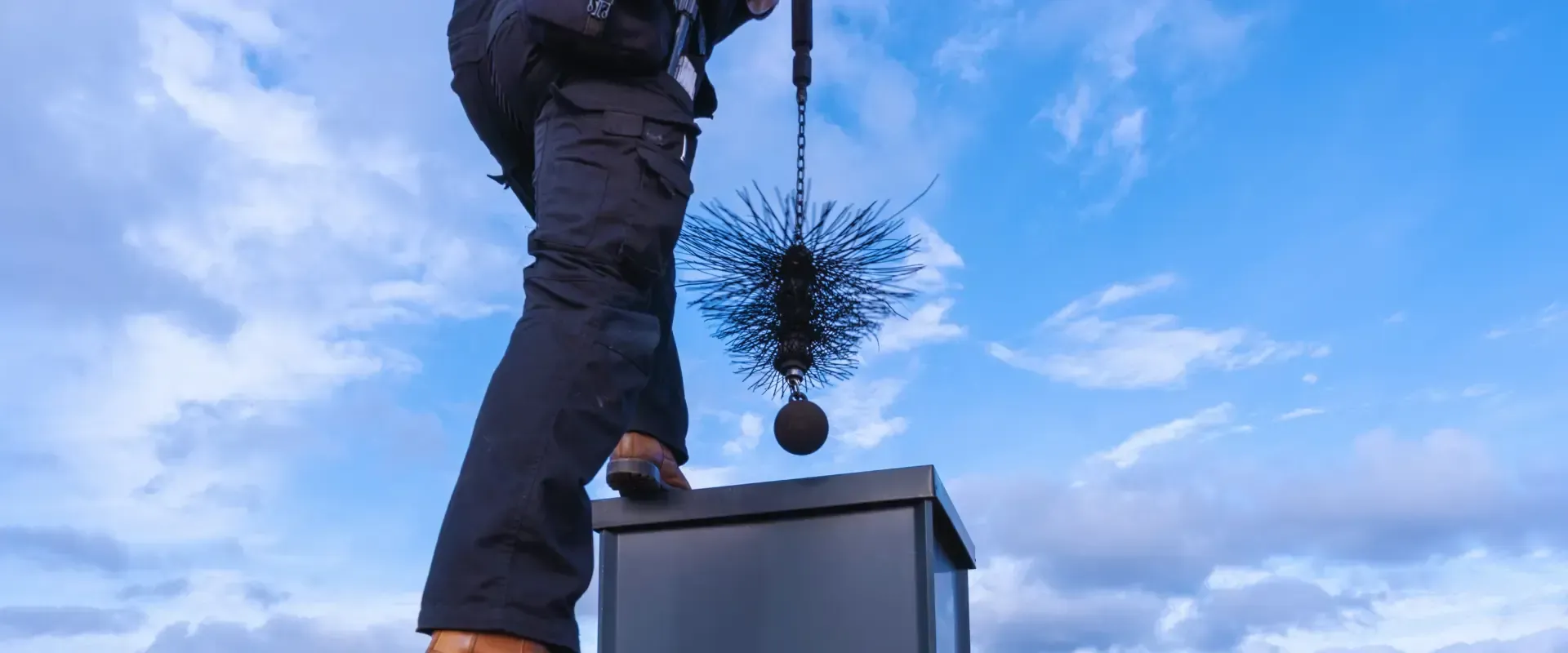
Why Maine Chimneys Need Special Attention
The Impact of Harsh Maine Weather
- Heavy snowfall and ice accumulation
- Frequent freeze-thaw cycles
- Coastal salt exposure in maritime areas
- Extended periods of rain and humidity
Common Chimney Problems in Maine
- Brick deterioration
- Mortar joint erosion
- Interior dampness
- Liner corrosion
Understanding Chimney Waterproofing Basics
What is Chimney Waterproofing?
Chimney waterproofing involves applying specialized sealants and implementing various protective measures to prevent water infiltration. As a certified chimney professional, I recommend viewing our complete service offerings to understand the full scope of protection available.
When to Waterproof Your Chimney
- Early spring after winter damage
- Late fall before winter sets in
- After any repair work
- Every 5-10 years for maintenance
Essential Waterproofing Components
1. Quality Waterproofing Sealants
- Vapor-permeable solutions
- Silane/siloxane-based products
- Professional-grade sealants
2. Stainless Steel Liners
- Installing stainless steel liners is crucial for:
- Preventing moisture penetration
- Ensuring proper ventilation
- Extending chimney lifespan
- Maintaining safety standards
3. Professional Tuckpointing
- Tuckpointing involves:
- Removing damaged mortar
- Replacing with fresh mortar
- Sealing joints
- Preventing water infiltration
Step-by-Step Waterproofing Process
1. Initial Inspection
- Visual assessment
- Moisture testing
- Structural evaluation
- Documentation of damage
2. Preparation Work
- Cleaning surfaces
- Removing debris
- Addressing repairs
- Setting up safety equipment
3. Application Techniques
- Crown sealing
- Brick waterproofing
- Flashing inspection
- Joint sealing
Advanced Protection Measures
Installing Water Repellent Systems
- Our experienced team uses advanced techniques for:
- Surface preparation
- Product application
- Quality control
- Follow-up inspections
Chimney Cap Installation
- Material selection
- Proper sizing
- Secure mounting
- Ventilation considerations
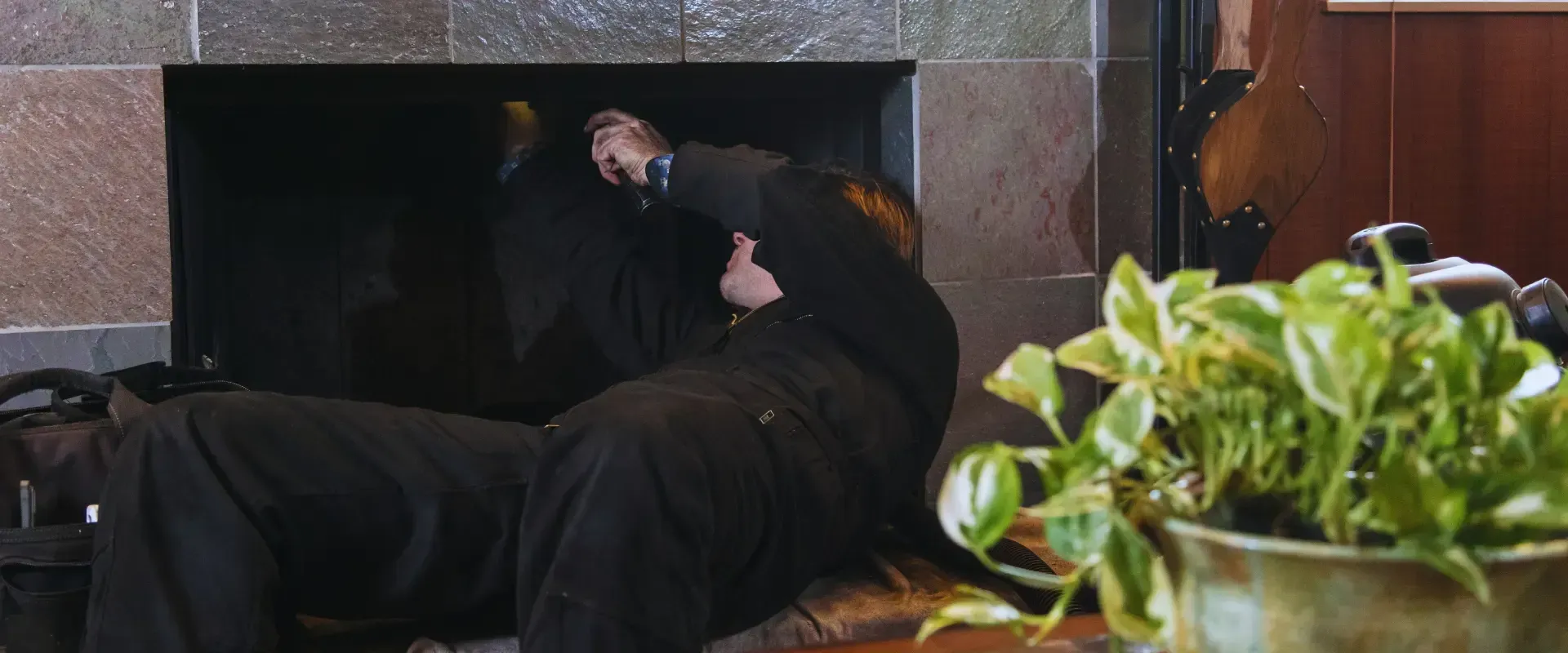
New Paragraph
